In Focus: William Lee-Hankey, the British painter who became famous painting French rural life
Best known for his romantic evocations of French pastoral life, the British painter William Lee Hankey’s skilfully executed work is imbued with rich colour and emotion, reveals Anthony J. Lester.
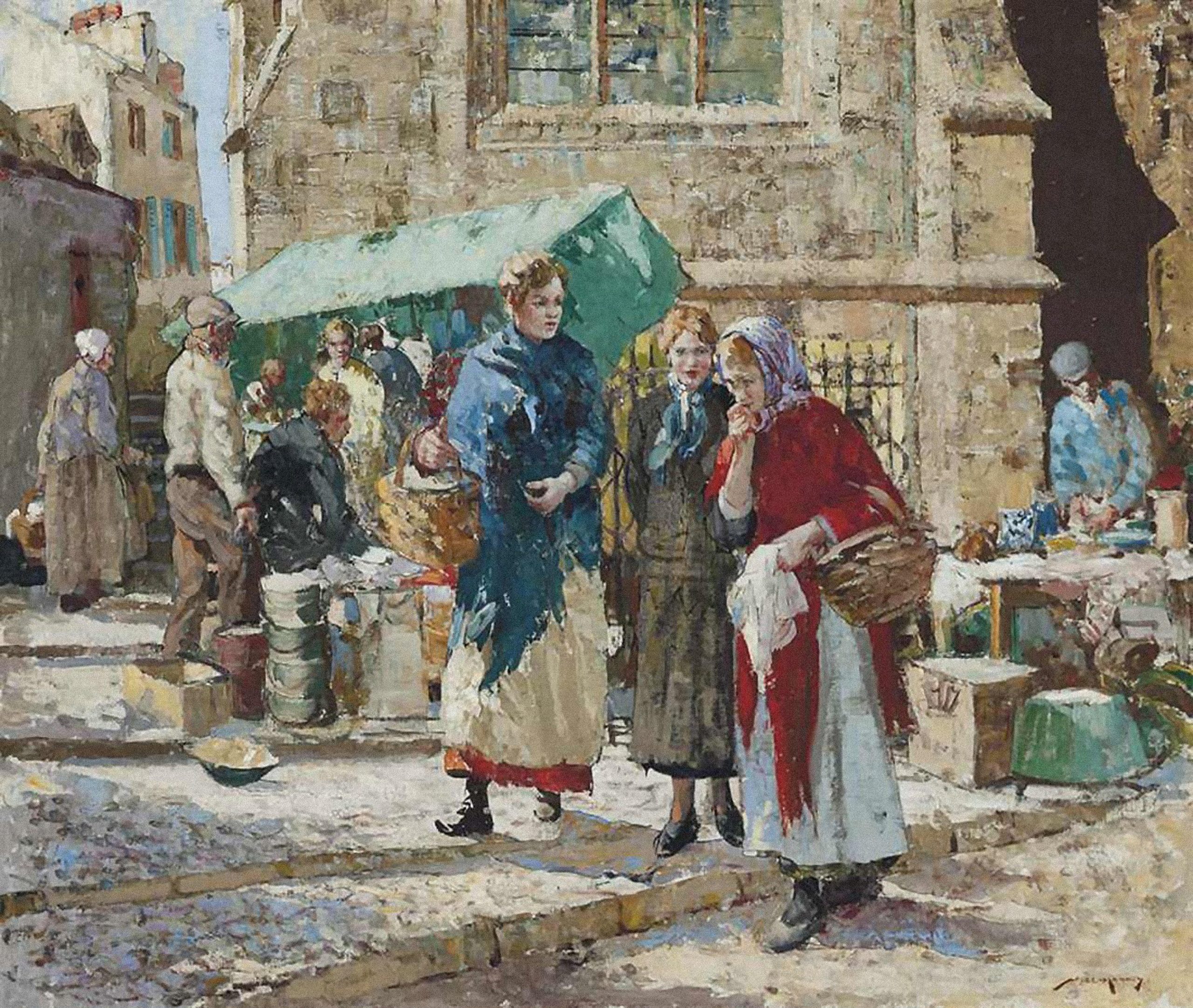

‘Too busy to bother,’ was the response from William Lee Hankey when a journalist asked how he had celebrated his 80th birthday, adding that he had allowed the occasion to pass unmarked and spent it, as he usually did, working in his room in London’s Chelsea. This remark encapsulates the temperament of a man who was arguably one of the most energetic artists of his generation and deserves to be better appreciated.
The son of a Chester-based cabinetmaker and upholsterer, William Hankey attended the city’s King Edward’s School before taking up work with a local company that designed furniture, carpets, textiles and wallpaper. His days were spent producing meticulous blueprints and easing his boredom by making surreptitious, lightning figure sketches, which he often had to feverishly conceal when the foreman appeared.
His evenings started to look up in 1886, when he began art studies at Chester School of Science and Art. Under the tutorship of Walter Groom Schröder, Hankey’s work blossomed and he won numerous awards, including a bronze medal for furniture design in 1890. Three years later, he received several awards for ‘design and architectural measurements’ and his watercolour of Poole Hall near Nantwich was reproduced in the Illustrated Magazine of the Chester Art School, with Schröder hailing him as the ‘champion of the year’.
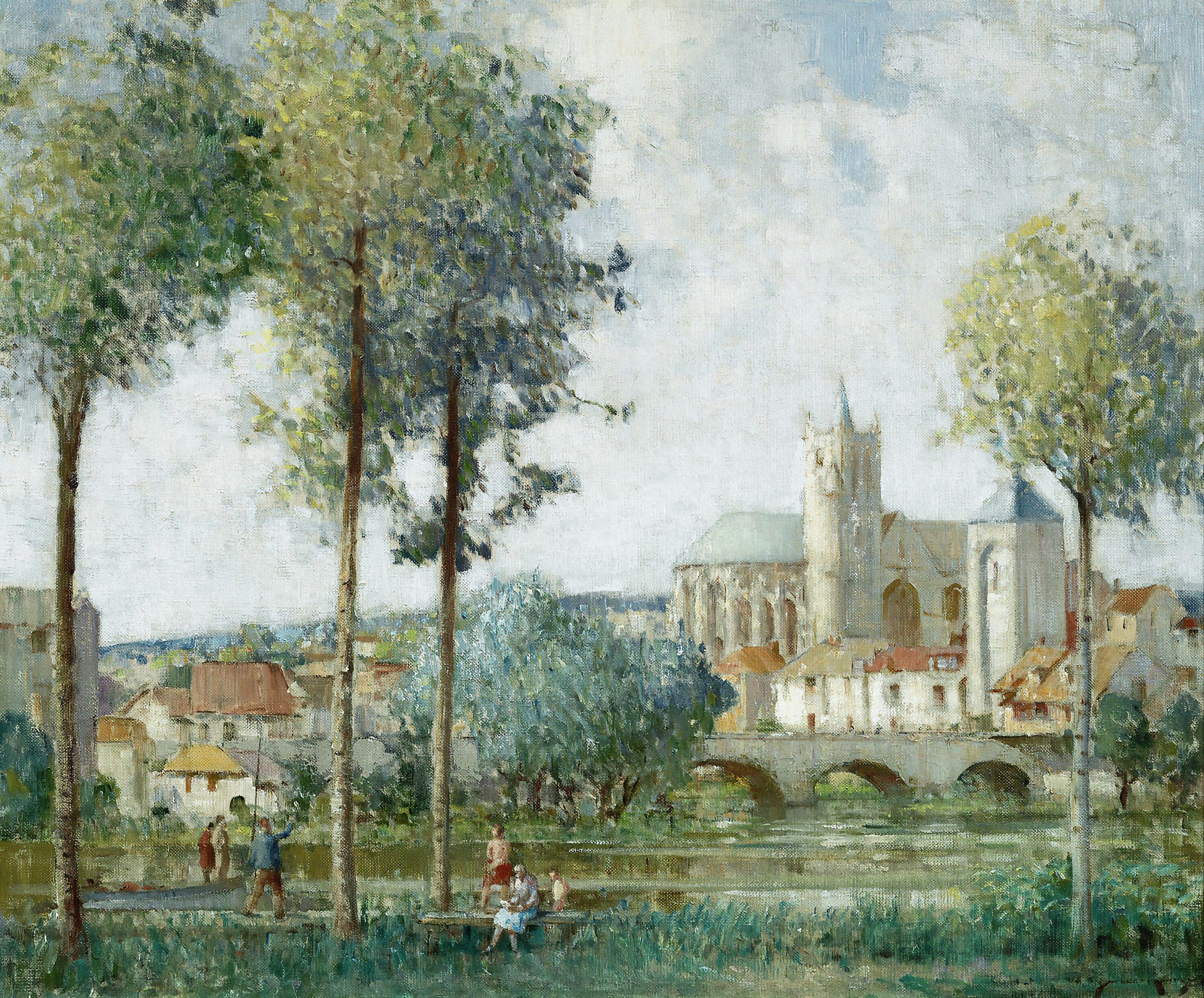
In 1893, Hankey gained a studentship to the National Art Training School (later the Royal College of Art) in London’s South Kensington, where he was taught by the landscape artist Thomas Clack and the formidable neo-Classical painter Sir Edward John Poynter.
Hankey was quick to make his presence felt at the capital’s major exhibitions, too, with his first exposure that year at the Royal Society of British Artists (with Aber Shore), to which he was elected a member only three years later. Surprisingly, however, despite exhibiting 81 works at the Royal Academy, he was never elected an Academician.
It was a visit to France — where he discovered the landscape and character of the peasantry greatly appealed to him — that was to prove pivotal in his career. He subsequently made frequent visits to Normandy and Brittany, occasionally accompanied by his good friend and fellow artist Dudley Hardy, capturing pastoral scenes imbued with the spirit of Naturalist painter Jules Bastien-Lepage, luscious and rich in colour. After visiting the fishing town of Étaples, Hankey became emphatic that, one day, he would have a home in France. His aspirations came to fruition in the early 1920s, when he had a house built in the coastal town of Le Touquet- Paris-Plage, followed by the purchase of two fisherman’s cottages in Étaples, which he converted into an impressive studio.
Another significant development came in 1904, the year he commenced etching. His early prints are mainly aquatints achieved with a ‘textile ground’ (impressing fabric into a soft ground to achieve a fine bitten texture). However, he ultimately discovered that a more personal expression could be obtained with the intaglio drypoint technique. Hankey’s progress in this medium was meteoric and, from 1907–12, he was in charge of the etching classes at the Goldsmiths University of London.
Sign up for the Country Life Newsletter
Exquisite houses, the beauty of Nature, and how to get the most from your life, straight to your inbox.
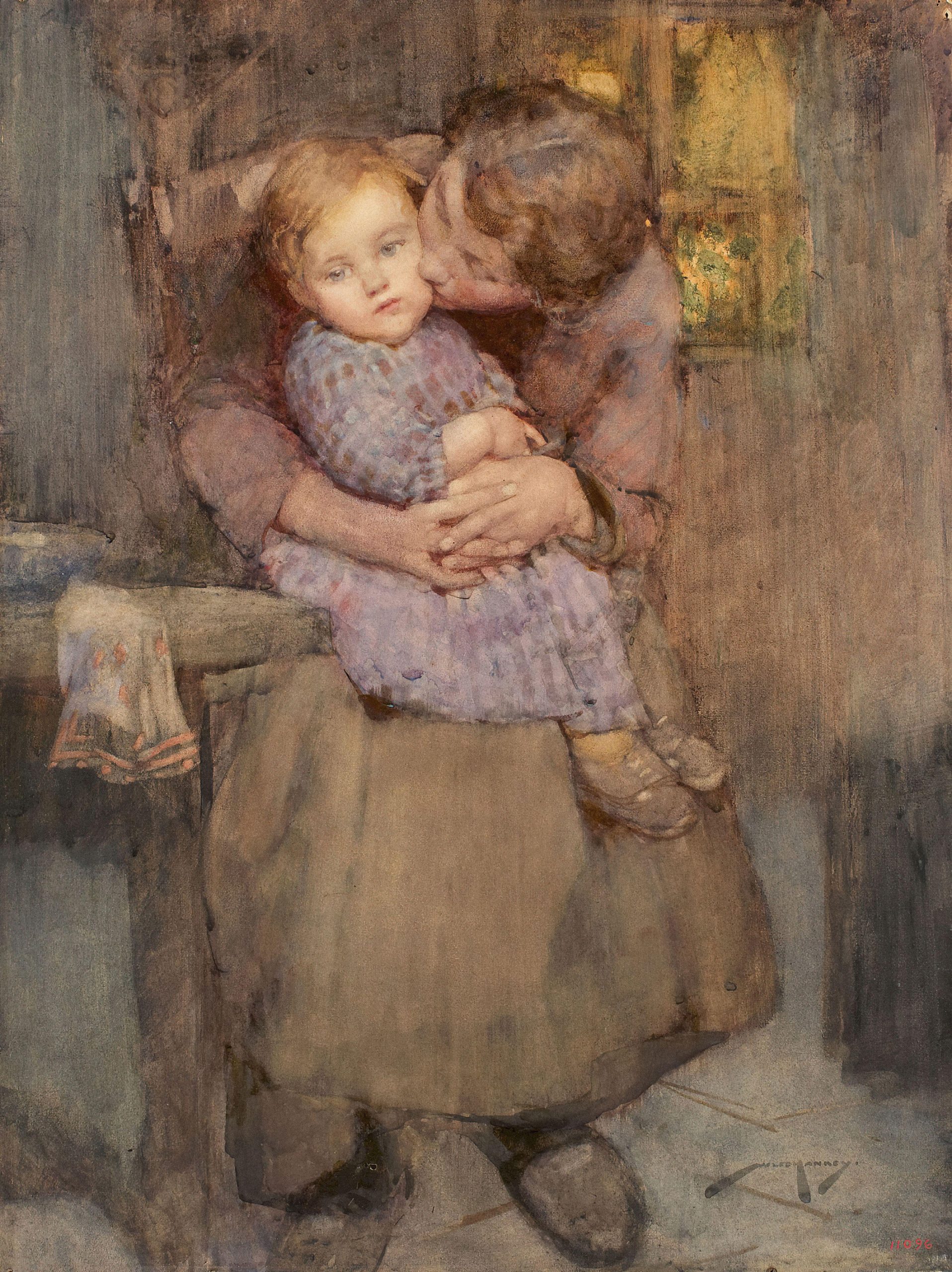
Displaying technical virtuosity and poignancy, his innovative etchings predominantly focused on figure studies of rural Breton women and children. In 1921, the London dealership L. H. Lefevre & Son published an impressive volume entitled The Etched Work of W. Lee-Hankey RE from 1904–1920, which reproduced 187 etchings.
During the early 1900s, Hankey attracted international acclaim for his technical dexterity. In 1905, the influential Arts magazine The Studio hailed him as one of the best of the younger painters and, in 1906, the Globe described him as ‘an unusually skilful executant and sensitive colourist’. Solo shows were mounted at leading London galleries, such as the Fine Art Society and the Leicester Galleries. In 1907, his painting The Kiss was awarded a Gold Medal at the Barcelona International Exhibition and, in 1911, five of his works were displayed at the International Fine Art Exhibition in Rome. His fame was further enhanced in 1909, when 40 of his paintings were reproduced in The Deserted Village by Oliver Goldsmith, with the Glasgow Herald writing: ‘They have caught the very spirit of the poem and given force and vitality to the most striking lines in it.’
Early in 1914, Hankey was in France, but, aware of the escalating tension in Europe, prudently returned to England. At the start of the First World War, he immediately enlisted in the 2/28th Battalion, the London Regiment (Artists’ Rifles), initially serving as a private at Flanders, his rank rising to lieutenant in November 1915 and captain in 1916. Part of his time was assigned to No 15 Officers Cadet Battalion at Hare Hall Camp, Gidea Park, Romford, Essex, where his ability as a draughtsman was put to good use instructing recruits’ map reading and field sketchinng.
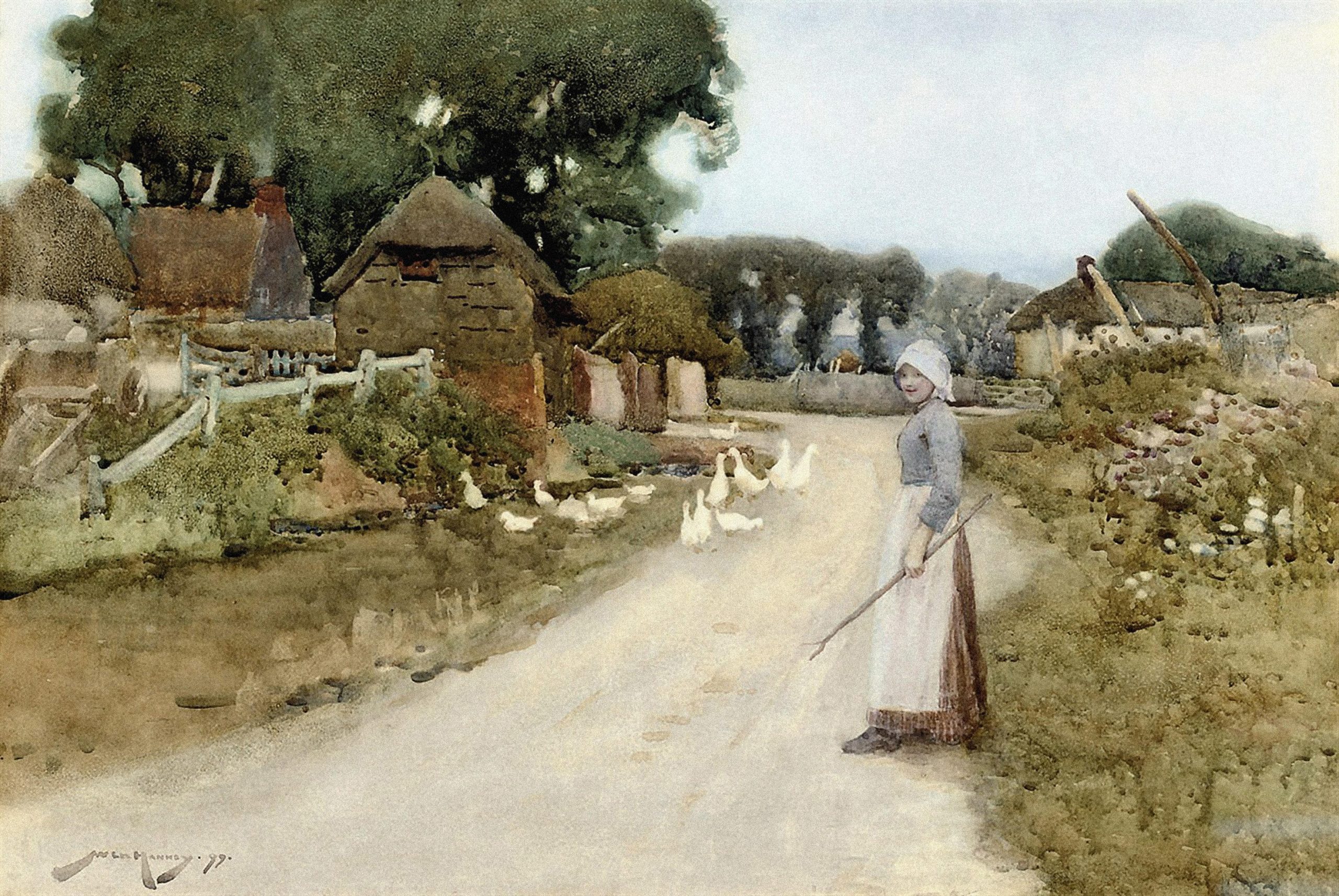
Hankey produced images of the scenes he had seen at Flanders, some of which were included in the 1916 Artists’ Rifles Art Exhibi-tion at the Leicester Galleries in London’s Bloomsbury Square. Among the visitors was Queen Alexandra, who much admired Hankey’s The Artists’ Billets, Bailleul. His most arresting war-related image is his etching depicting the flight of a group of refugees from Belgium, in which he adroitly captures the emotion, anxiety, despair and determination on the faces of the families.
After the war, Hankey made several visits to Cornwall. Yet, although he did paint there, fully embracing the principles of en plein air and the subject matter of the artists’ colonies based in St Ives and Newlyn, he was never part of their communities. His inspiration was firmly in France, where he returned to produce more etchings, particularly of peasant girls, such as Marie of the Fields and Minding the Flocks, one of his largest and, now, most sought-after images.
At the time, the desire of American collectors to own period contemporary etchings proved highly lucrative for Hankey. However, the Great Depression had a devastating effect on the art market and he was not immune to the downturn. In 1932, when the Cornish artist Samuel Lamorna Birch visited him and his wife, Edith, at their home in Warwick Place, London, he found them extremely despondent. Birch wrote: ‘They can’t sell a thing and goodness knows what they are going to do now.’ However, Hankey pressed on and his work continued to be included at the Royal Academy and the Royal Watercolour Society, of which he became vice-president from 1947–50.
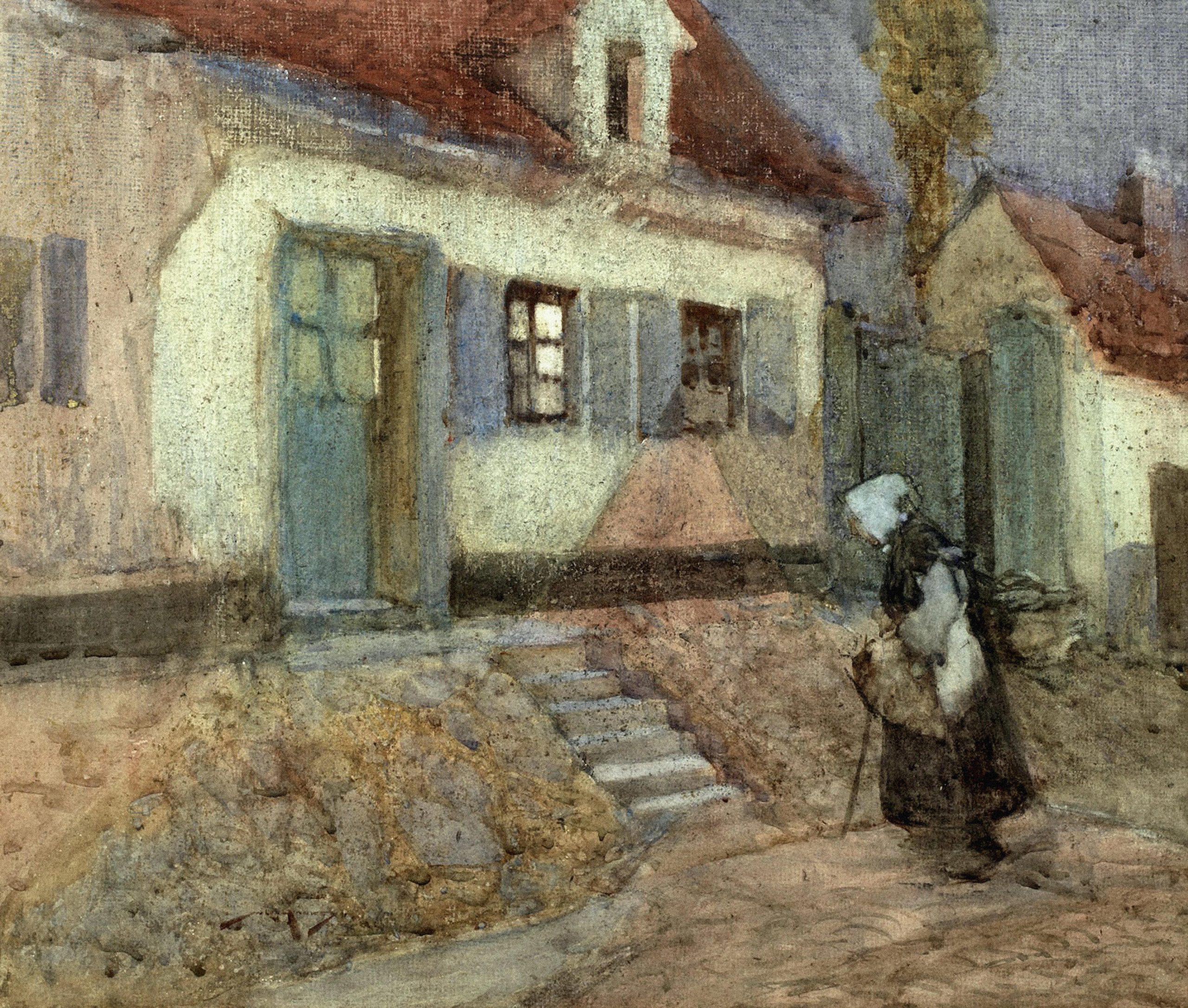
Conventional in his approach to art, Hankey believed in the fundamentals of drawing and painting. In his atmospheric, luminous oil paintings of French towns and harbour scenes, he was a master at contrasting patterns of light, shade and reflections; his brushwork is always spirited, but assured. In his watercolours, he was a purist — washes are transparent, very rarely having recourse for opaque colours. His etchings, which, by 1920, had extended to 187 plates, are often charged with poignancy and sentimentality. They also reveal a remarkable facility in a medium he fully understood.
A workaholic, Hankey’s perfect day saw him setting up his easel early in the morning in a Brittany town and painting until the light failed.
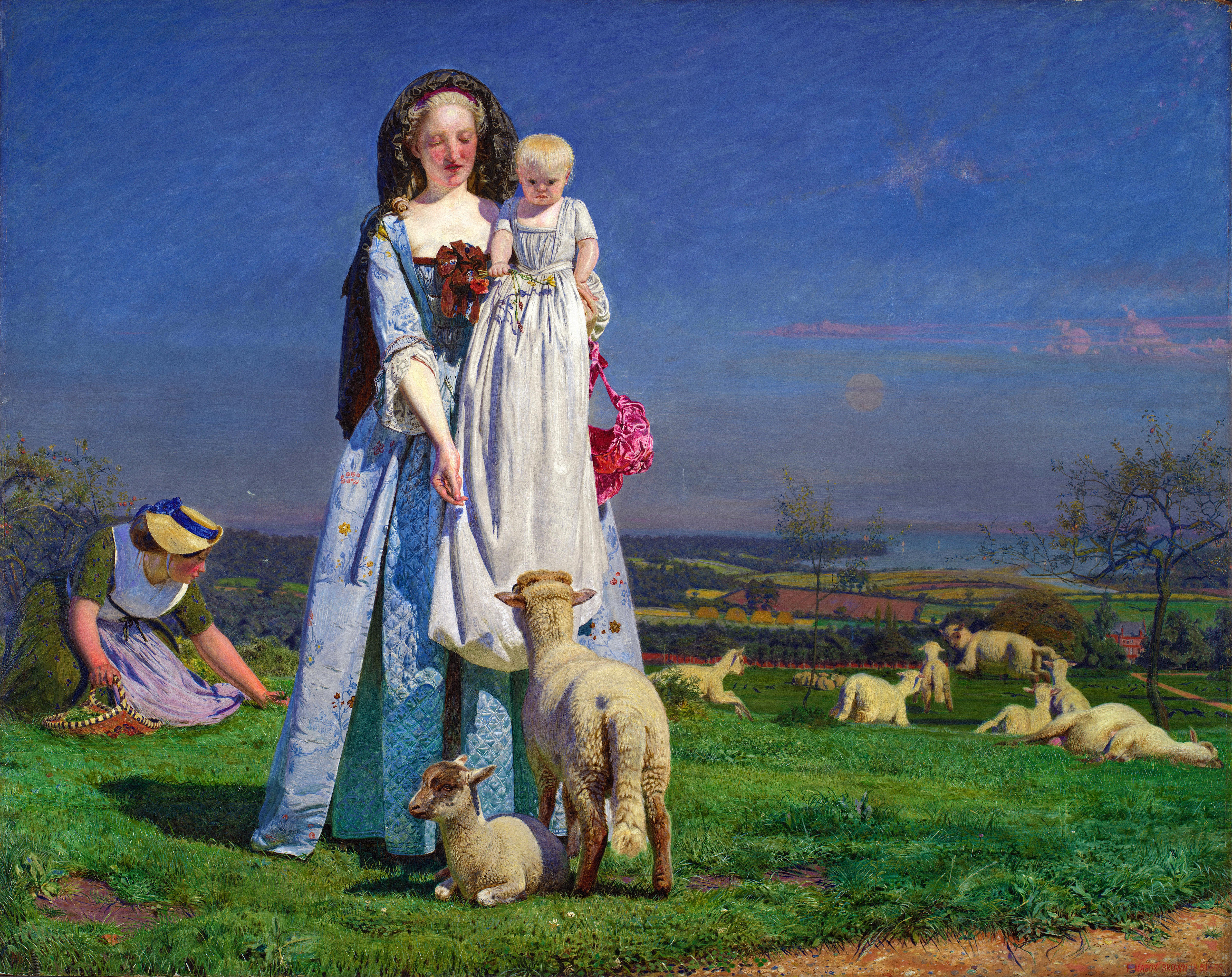
In Focus: The art of Ford Madox Brown
Known for his bold and thoughtful pictures, as well as a fondness for magenta, Ford Madox Brown was one of

In Focus: The incomparable photography of Helmut Newton
Photographer Helmut Newton enjoyed a glittering career that blurred the lines between fashion, photography and art; as his centenary approaches
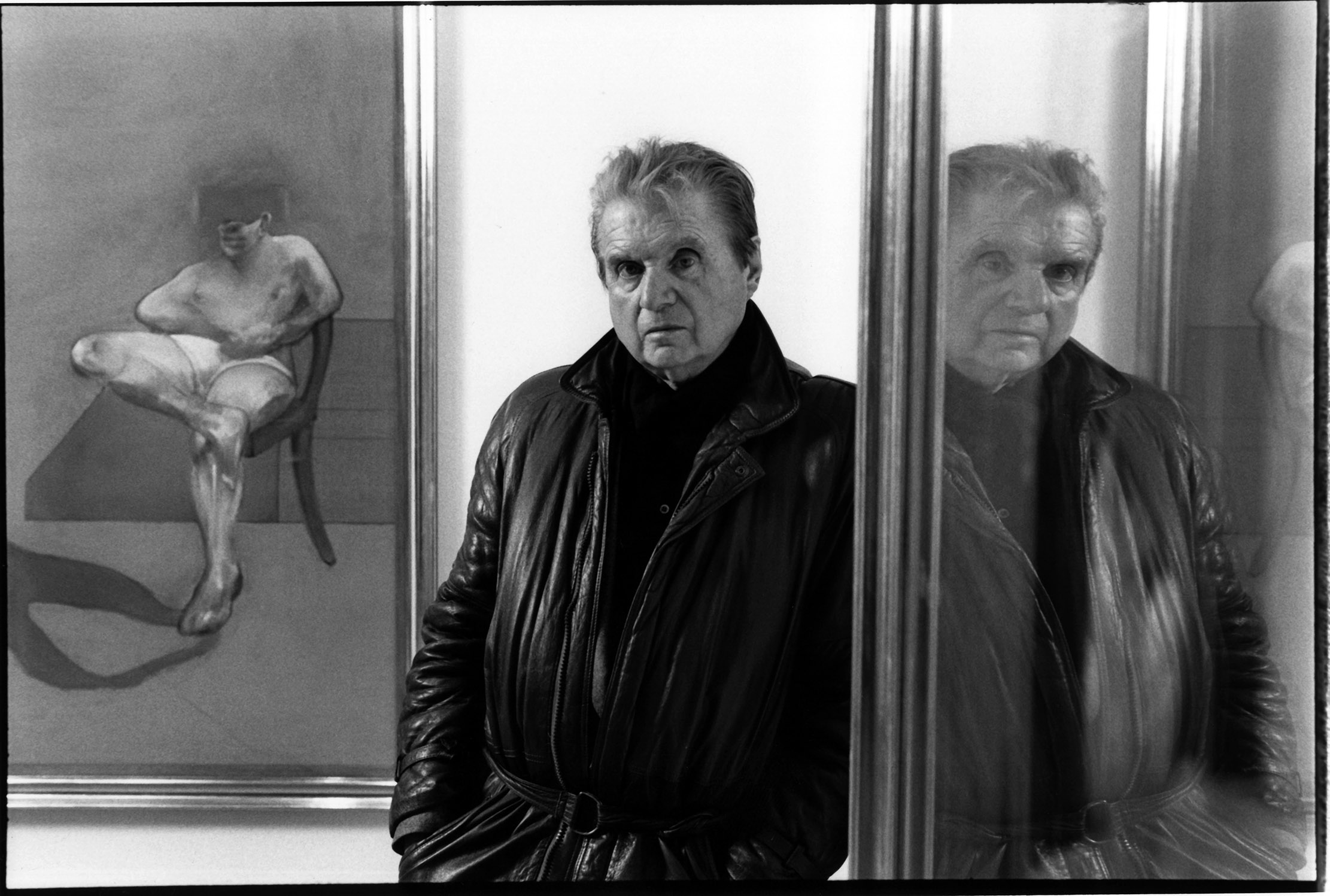
In Focus: The animalistic artworks of Francis Bacon
Martin Gayford considers the importance of snarling creatures, human and otherwise, in the art of Francis Bacon.
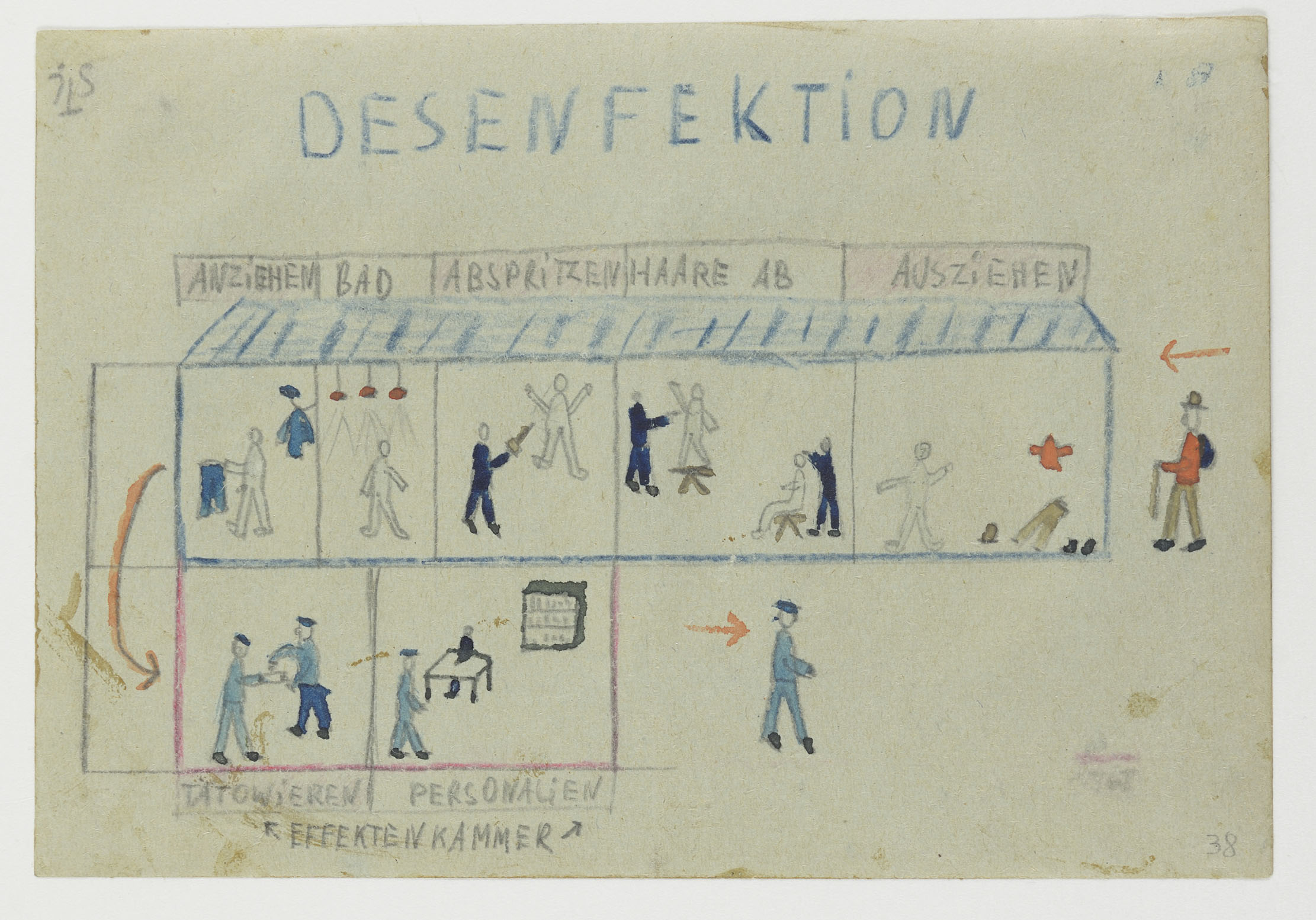
Credit: Thomas Geve via HarperCollins
In Focus: Thomas Geve, the boy who drew Auschwitz
After being liberated from a Nazi death camp, a Jewish boy sketched more than 80 profoundly moving drawings detailing his
Country Life is unlike any other magazine: the only glossy weekly on the newsstand and the only magazine that has been guest-edited by HRH The King not once, but twice. It is a celebration of modern rural life and all its diverse joys and pleasures — that was first published in Queen Victoria's Diamond Jubilee year. Our eclectic mixture of witty and informative content — from the most up-to-date property news and commentary and a coveted glimpse inside some of the UK's best houses and gardens, to gardening, the arts and interior design, written by experts in their field — still cannot be found in print or online, anywhere else.
-
 Six rural properties with space, charm and endless views, as seen in Country Life
Six rural properties with space, charm and endless views, as seen in Country LifeWe take a look at some of the best houses to come to the market via Country Life in the past week.
By Toby Keel
-
 Exploring the countryside is essential for our wellbeing, but Right to Roam is going backwards
Exploring the countryside is essential for our wellbeing, but Right to Roam is going backwardsCampaigners in England often point to Scotland as an example of how brilliantly Right to Roam works, but it's not all it's cracked up to be, says Patrick Galbraith.
By Patrick Galbraith